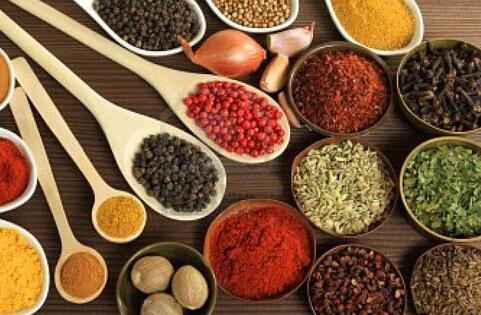Marked 2 years 2 months ago onto Bookmarks

Food additives called color retention agents are added to food to stop the color from fading. Prior to harming food, several of them functions by absorbing or adhering to oxygen. For instance, during the canning process, ascorbic acid is added to foods with vivid colors like peaches.
The market for color retention agents is currently estimated at $4.94 billion, and by the end of 2032, it is expected to grow at a CAGR of 4.5% to reach $7.7 billion. Color retention agents are frequently used in the beverage industry, especially for juices and drinks made from vegetables and fruits, as well as for wine and sparkling wines. Color retention compounds prevent the color loss, enhance naturally occurring colors, correct color variations, and provide color to bland and 'fun' foods.
Color retention agents are antioxidants and preservatives that extend the amount of time that food and drinks keep their original color, flavor, and texture. Colors may be lost as a result of oxidation or enzymatic browning caused by the breakdown of phenolic components. Through oxidation processes, which also yield undesired molecules, brown pigments are created. It could take as little as two weeks for these changes in flavor, texture, and appearance to take effect.
View more: https://www.globalchemmall.c...





















Comments
Leave your comment below